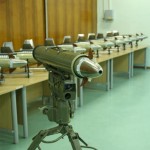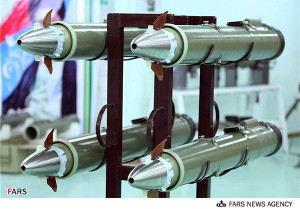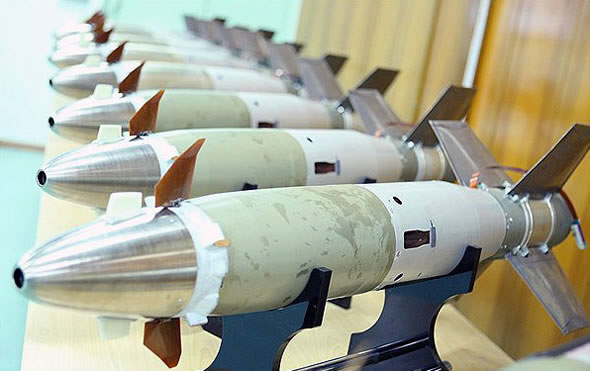
On his visit to the new production line of guided missiles, Iranian Defense Minister Ahmed Vahidi introduced a new missile called ‘Dehlaviyeh’ thought to be an Iranian ‘copycat’ of the Russian KBM 9M133 Kornet missile. Vahidi said the missile is of the most advanced anti-armor and anti-material weapons, capable of destroying stationary or moving main battle tanks equipped with reactive armor. The missile is equally effective against non-armored targets, such as bunkers or buildings, as well as low-flying and naval targets, Vahidi said. He added the missile’s guidance employs an advanced guidance system that makes it immune to current electronic countermeasures.
Although Iran had not directly procured the 9M133, it had access to the missiles obtained by Hezbollah from Syria. In 2010 intelligence reports indicated that such missiles leaked to the Gaza strip. Soon after Kornets were used at least twice, targeting an Israeli Merkava tank and a civilian bus. Back then Israel claimed Iran was the source of the missiles. Apparently, the Iranians have either obtained shipments from KBP or reversed engineered the missile.

Iran has already demonstrated the capability to locally produce anti-tank missiles, reverse engineering the wire-guided American TOW-2 missile and the Russian 9M113 Konkurs (both were exported to the Hezbollah in Lebanon and used against the Israelis in 2006). This Kornet copy represents the first use of laser beam-riding Semi-Active Command-Line Of Sight (SACLOS) technology. The beam-riding concept employs a low-power laser beam transmitted by the launcher, to communicates with the missile, replacing the need of wireless or wires for guidance. The missile’s sensor ‘looks backwards’ to lock on the beam center, thus unaffected by countermeasures employed by the target. As a seekerless missile, the Kornet is considered a low-cost round.
The original Kornet-E was first introduced in 1994, built by the Russian company KBP Instrument Design Bureau. It has an effective range of 100 – 5500 meters and a tandem warhead capable of penetrating of 1000-1200 mm steel armor (RHA) with reactive protection. A thermobaric warhead has also been introduced, to be used against bunkers and structures. The Kornet weighs 27 kg, its diameter is 152 mm and the length is 1200mm.

















